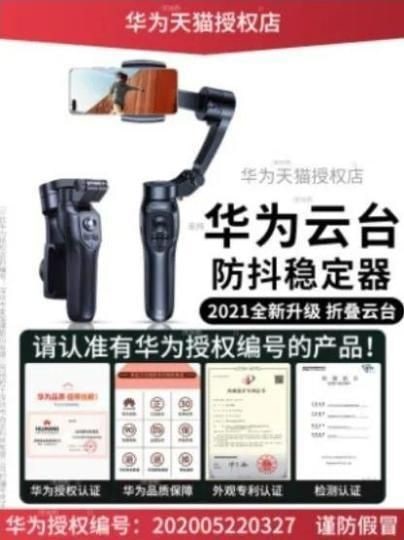Fake Huawei Mobile Gimbal seller fined with 7,46,592 USD
Recently, a mobile accessory seller has been fined 5 million yuan (7,46,592 USD) fine for selling a mobile gimbal with unauthorized Huawei materials including logo, and fake trademark-related information.
According to the information, the gimbal seller took this step to boost sales and added Huawei to the name of the product, while showing fake certified seller channel certification. With the help of genuine Huawei consumers, Huawei took a notice of this situation and filed a lawsuit against the fake gimble seller.
In support, Court has also acknowledged that the seller was violating Huawei’s right and found that it was a direct infringement of Huawei’s trademark under the law. Therefore, the court has ordered and fined the seller 5 million yuan (7,46,592 USD) in punitive damages.

The final calculation of the punitive damages payable by the fake seller company was more than 6.2 million yuan. Since this amount has exceeded Huawei’s claim, the court fully supports Huawei’s claim of 5 million yuan.
What’s a Gimble?
A gimbal is pivoting support that allows you to rotate an object along a single axis. A common 3-axis gimbal allows a camera mounted on it to be independent of the movement of the one holding the gimbal. These 3 axes are identified as pitch, yaw, and roll.
The pitch axis (i.e., tilt) refers to the up and down movement of a subject. A good example of when to work with the tilt is when you’re trying to capture objects falling down, or a subject coming down the stairs.
The yaw axis (i.e., pan) refers to left to right movement and can be used to capture objects moving horizontally. And the roll axis (i.e., dutch angle) allows for capturing objects with off-center or unleveled angles.
These 3 axis gimbals ensure that a camera’s motion is stabilized regardless of the movement, which is why they’re great for videographers.
The post Fake Huawei Mobile Gimbal seller fined with 7,46,592 USD appeared first on Huawei Central.
Post a Comment
0 Comments